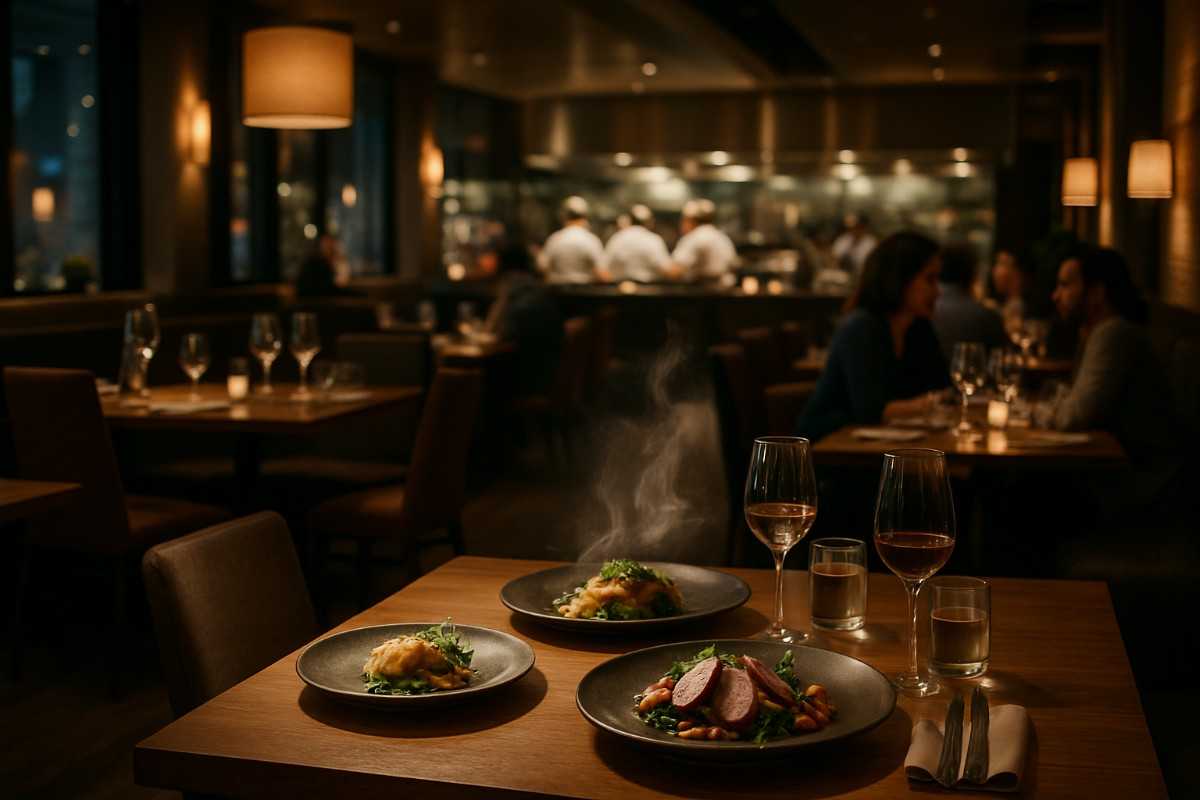
Restaurant & Culinary Culture: A Deep Dive into the World of Food, Identity & Shared Experience
Food is one of the most universal threads that bind humanity together, yet culinary culture around the world is endlessly diverse. Restaurants—whether humble street stalls or Michelin-starred temples of gastronomy—serve as communal stages where creativity, memory, heritage, and innovation all take a seat at the same table. Today, restaurant and culinary culture is evolving faster than ever, shaped by global influences, technological innovation, social connection, and the timeless human desire for memorable experiences.
The Heartbeat of a Community
Restaurants are more than places to eat; they are social anchors. A neighborhood café becomes the spot where friendships bloom, business deals form, and anniversaries are celebrated. Street food vendors become icons of local flavor, preserving traditional cooking practices that might otherwise fade away.
In many cities, food districts have even become cultural hubs—think of Tokyo’s bustling izakaya lanes, Parisian bistros brimming with history, or Mexico City’s vibrant mercados. These spaces become powerful expressions of community identity, telling the story of a region through ingredients, flavors, and rituals.
Culinary Heritage: Every Dish Has a Story
Every cuisine carries centuries of history on its plate. Techniques, spices, and recipes are passed down through families, evolving only slightly across generations. Culinary heritage isn’t just about the food itself—it’s about the emotions tied to it.
Think of:
- Italian trattorias preserving nonna’s recipes, where dishes are love letters to tradition.
- Indian thalis, presenting a symphony of flavors that echo regional diversity and ancient Ayurvedic principles.
- Moroccan tagines, blending spices and slow-cooking traditions that reflect centuries of trade and cultural exchange.
These dishes are edible stories—living archives of people, landscapes, migration, and memory.
The Rise of Global Fusion
As globalization expands, chefs are increasingly blending ingredients and techniques from different culinary cultures. Fusion cuisine, once dismissed as gimmicky, has matured into an art form: Korean tacos, sushi burritos, Indian-Mexican street food, and Middle Eastern-Japanese desserts have become beloved innovations.
This evolution highlights a shift in how modern diners think: they value creativity as much as authenticity. The modern restaurant scene thrives on fearless experimentation, giving rise to dishes that reflect the interconnected world.
The Experience Economy: Dining as Entertainment
Today’s diners crave more than just delicious food—they want experiences. Restaurants have responded with immersive concepts:
- Open kitchens where diners watch chefs command the fire.
- Themed restaurants that tell stories through décor and menu design.
- Chef’s tables that provide intimate interactions with culinary creators.
- Farm-to-table experiences emphasizing sustainability and transparency.
This shift marks a cultural transformation: restaurants are no longer just service providers, but curators of emotional and sensory journeys.
Technology’s Impact on Dining Culture
Technology is reshaping every stage of the dining experience—from AI-powered reservations to digital menus and fully automated kitchens. Social media, especially Instagram and TikTok, has elevated visual appeal as a crucial element of culinary culture. A dish’s “postability” can influence its success as much as its taste.
At the same time, tech has amplified consumer power: reviews, ratings, and viral food trends can make or break a restaurant overnight.
Sustainability: A New Culinary Responsibility
As diners become more environmentally conscious, culinary culture is shifting toward sustainability. Restaurants are focusing on:
- Reducing food waste
- Using locally sourced ingredients
- Ethical farming and fishing
- Eco-friendly packaging
- Plant-forward or zero-waste menus
This movement represents a cultural return to mindful eating—valuing quality, seasonality, and ecological responsibility over sheer abundance.
Street Food: The Soul of Culinary Identity
While fine dining evolves, street food remains the beating heart of culinary culture across the world. It is affordable, authentic, and deeply rooted in tradition. From Thai pad kra pao cooked in sizzling woks to Lebanese shawarma carved fresh on rotating spits, street food embodies the spirit of a place more honestly than any luxury restaurant ever could.
It is here, at the stalls and carts, that culinary culture feels the most vibrant, democratic, and alive.
The Future of Culinary Culture
The future of restaurants is a blend of heritage and innovation. We will see:
- More plant-based and lab-grown options
- Hyper-local menus focused on regional biodiversity
- AI-driven personalization
- Immersive dining experiences
- Continued fusion of global culinary traditions
One thing will remain unchanged: food’s power to bring people together. Whether enjoyed in a street market or a five-star dining room, every meal remains an invitation—to connect, to share, and to savor the diversity of human experience.